Looking for a few great ways to use all of those pine needles lying around in your vegetable garden this year?
Pine needles can actually be an incredible resource for gardeners. Not only can they help in a wide variety of areas and ways all over the landscape, they also happen to be completely free if you live near a few towering pines.
Varieties of pine trees can be found growing from areas that see bitter cold to locations where the temperature rarely drops below 50°. Add in that needles, much like leaves, fall from trees every year, and it’s easy to see how they can be a great source for a natural and inexpensive mulch.
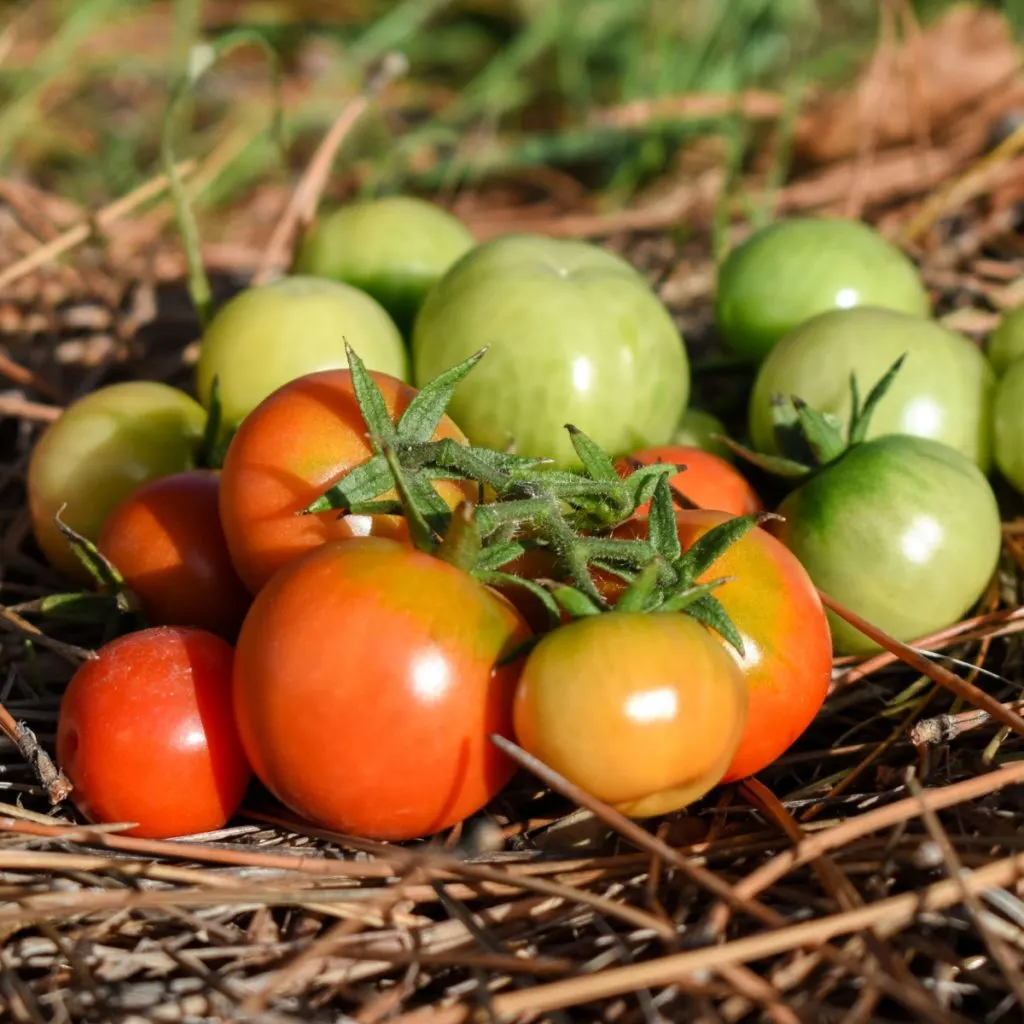
But when it comes to successfully using them in a garden, the key is to know when, where and how to use pine needles – and where not to! One thing is for sure, there are a lot of misconceptions and misinformation when it comes to using pine needles in and around vegetable gardens.
Unfortunately, all of that conflicting information certainly leads to a tremendous amount of confusion – especially when it comes to the acid level in pine needles – and whether it can hurt your garden soil and plants.
Pine Needles & Acidity – The Best Way To Use Pine Needles In A Vegetable Garden
Before we get to where you can use pine needles in a vegetable garden, it’s important to cover the acidity topic. Unfortunately, pine needles get a bit of a bad reputation when it comes to being overly acidic.
Many gardeners mistakenly think you can only use needles around acid-loving plants, but that is actually not always the case. It really depends if you are talking about green needles, or the brown ones that have fallen to the ground.
When needles are green and on a tree, they are acidic in nature. Green pine needles will register around 3.0 to 3.5 on the PH scale while still green. If you were to use green needles around plants that prefer more alkaline soils, it will definitely negatively impact their growth – and your soil’s acidity levels.
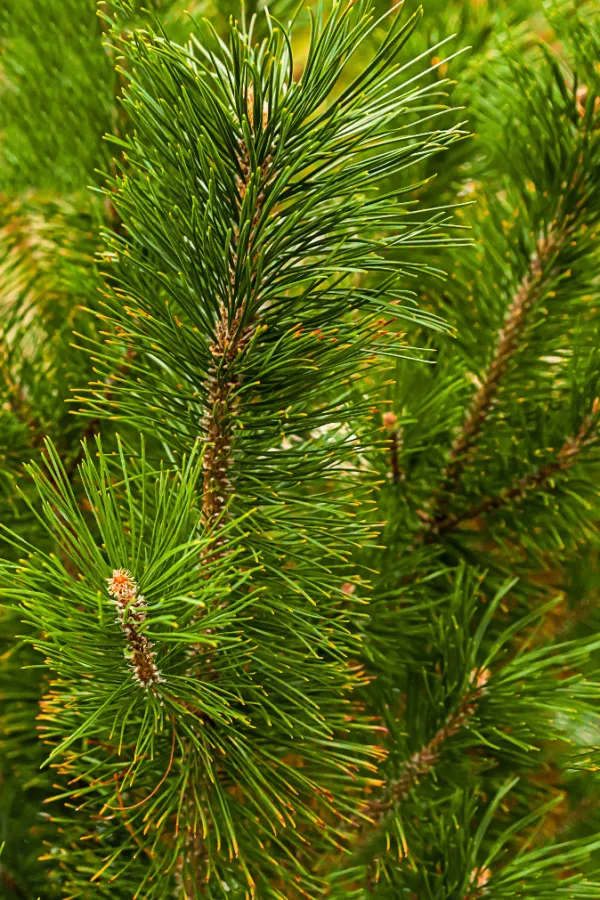
But as pine needles age and break down, much of that acidity is lost. In fact, by the time needles die and drop to the ground, although they still are slightly acidic, they are much, much closer to a neutral PH. And after they age even more and turn brown, they basically register as neutral.
Using Old Pine Needles – The Best Way To Use Pine Needles In A Vegetable Garden
Once pine needles have decomposed completely, either by naturally breaking down or via composting (more on composting pine needles later), they are completely neutral in PH. Because of that, as soon as needles are brown (or reddish) and have fallen from the tree, they are safe to use around vegetable or flower plants without worry.
Now that we have covered the topic of acidity, let’s take a close look at how and where you can use pine needles in a vegetable garden. And why, even though dead needles are not acidic, they shouldn’t be used in all situations when growing vegetables.
The Best Way To Use Pine Needles In A Vegetable Garden
One thing is for sure, pine needles can be found abundantly in a wide range of climates. And with the sheer volume of available needles, it makes them excellent for using as garden mulch.

The good news is that you can use brown needles anywhere in a garden as a mulch without worry of acidity. A thick layer of pine needles is an excellent way to mulch between your rows. This helps to keep weeds down, eliminates having to till or work the soil, and keeps rows from getting muddy and messy from excess rainfall.
But where pine needles can really be excellent as a mulch is underneath sprawling, vining crops. Leaving soil bare under melon, cucumber, squash, zucchini and other vining vegetables can lead to disaster for the plant’s fruit.
When ripening fruit touches the soil, the moisture can often cause rot or soft spots that damage and even ruin the fruit in some cases. But by putting a few inches of pine mulch underneath the vines, they keep the fruit from touching bare dirt.
Although you can use straw or grass clippings for this, they often hold moisture in. This, of course can also cause the fruit to stay wet and rot.
Pine needles, however, are thin and don’t hold water. That means they dry quicker and still provide good air flow. They also have the added benefit of not being attractive to insects. Three more reasons they are perfect for helping vining fruits ripen as a mulch!
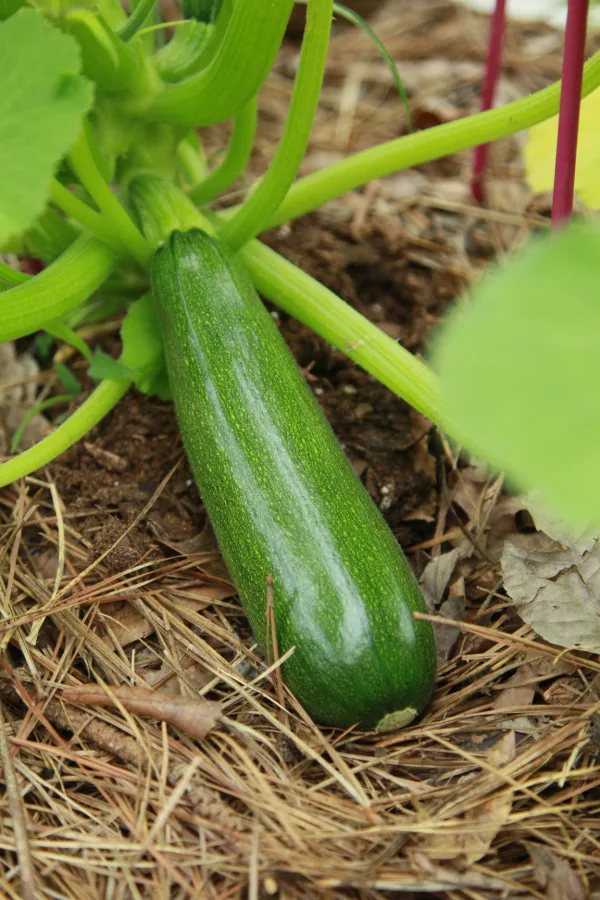
How To Use Pine Needles Around Vining Crops
To use around vining crops, simply lay a few inches of needles on the ground all around the plants. All that is left is to let the vines grow over them. The thick layer of needles will also help to keep competing weeds from coming up around the vines, serving one more useful purpose.
Pine needles can also be used around ground and root crops such as onions and garlic. They are also great for protecting ripening strawberries from touching the ground. Again, there is no worry of aged needles changing the pH of the soil around these crops.
Last but not least, pine needles are great for covering raised bed soil in the winter. A thick three to four inch covering is perfect for keeping weed seeds out. Even better, it also helps to protect the soil from erosion from winter winds, snow and ice.
Vegetable Plants To Avoid With Pine Mulch – The Best Way To Use Pine Needles In A Vegetable Garden
There are some vegetable plants that pine needles are not good for mulching with. It’s not that the needles will hurt them, they just won’t help as much as other organic mulches will in their place. At the top of this list of plants not to use pine needles with are tomato and pepper plants.
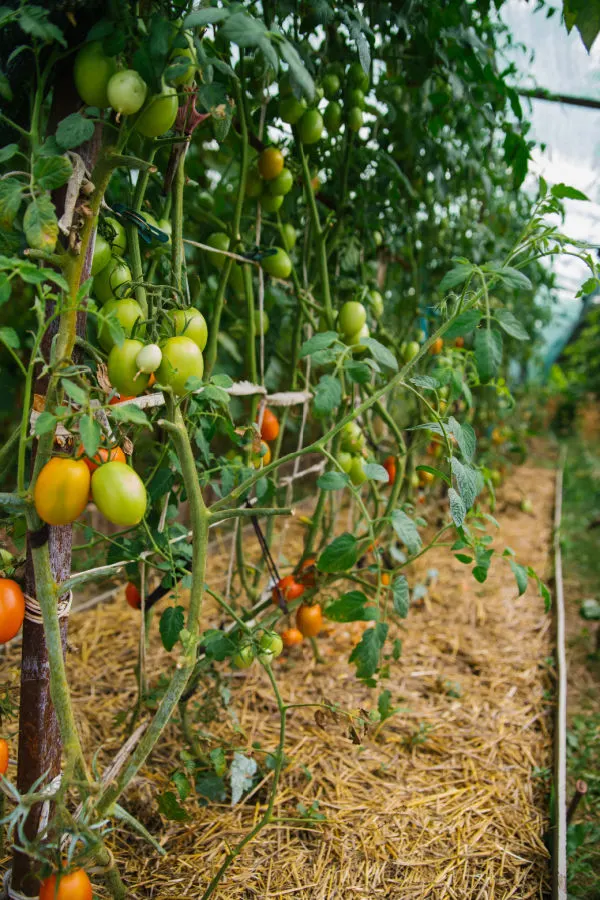
Pine needles are thin and narrow. Because of that, they are poor insulators of the soil. They also don’t hold in moisture well either. Even worse, they can mat together over time, keeping water and nutrients from getting to the roots if too thick.
Most importantly, because they break down slowly, needles don’t add organic material to the soil in quick fashion. Straw, grass clippings, and compost all do much a better job of adding more organic nutrients.
Last but not least, these mulches are also far better at insulating and holding in moisture. And of course, that is something both pepper and tomato plants need a lot of! See our article: How To Get Your Tomato Plants Growing Faster Than Ever!
Composting Pine Needles – How To Use Pine Needles In Gardens & Flowerbeds
So what about using all of those falling needles in your compost pile? The short answer is that it’s best to leave needles out of a home compost pile. Again, it’s not due to any acidity issues at all. Once fully composted, pine needles are not acidic in the least.
The reason you should not use pine needles is that they are extremely slow to decompose. Pine needles have a waxy outer coating that takes considerably longer to break down than most other organic materials.
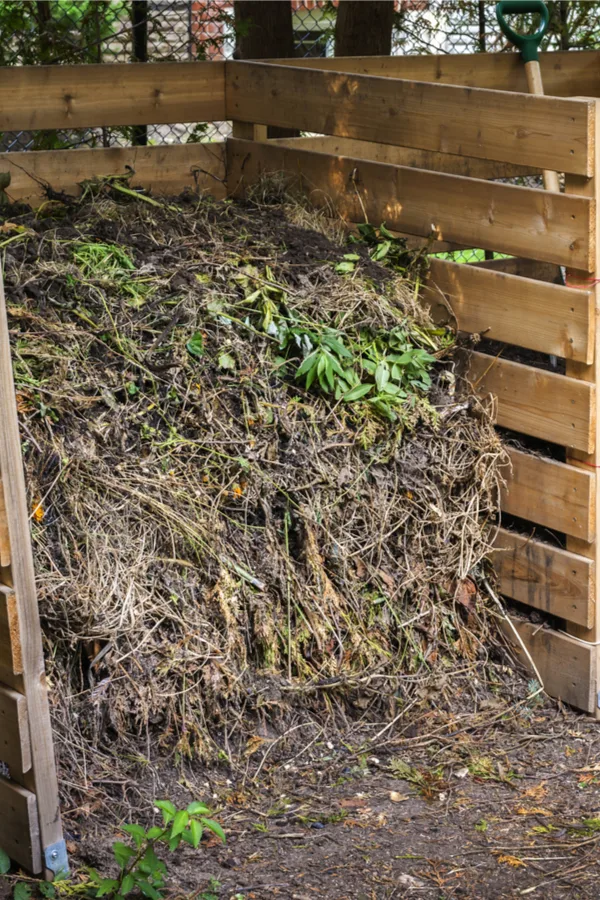
Because of that, it can take tremendously longer to create finished fresh compost. Even when you chop them up prior to adding.
When it comes to pine needles, you are better off to create a dedicated pile of needles. They will break down slowly, but you can then have them at the ready to use anywhere and everywhere you need them.
Here is to taking advantage of all of those falling pine needles this year, and using them to help power and protect your vegetable garden this year!
Follow Our Facebook Page For Great Gardening Tips And Advice! This Is My Garden Facebook Page
This Is My Garden is a garden website created by gardeners, for gardeners. Jim and Mary Competti have been writing gardening, DIY and recipe articles and books and speaking for over 15 years from their 46 acre Ohio farm. They publish three articles every week, 52 weeks a year. Sign up today to follow via email, or follow along!
